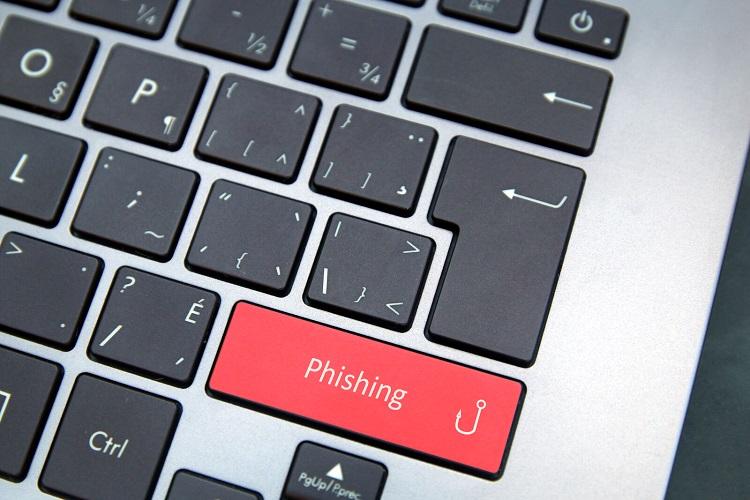
In Q3, Microsoft was the most frequently targeted brand by cybercriminals, soaring from fifth place (relating to 7% of all brand phishing attempted globally in Q2 of 2020) to the top of the ranking, according to Check Point Research’s Brand Phishing Report for Q3 2020. 19% of all brand phishing attempts related to the technology giant, as threat actors sought to capitalize on large numbers of employees still working remotely during the COVID-19 pandemic. For the first time in 2020, DHL entered the top 10 rankings, taking the second spot with 9% of all phishing attempts related to the company.
The report highlights the brands which were most frequently imitated by criminals in their attempts to steal individuals’ personal information or payment credentials during July, August and September.
The most likely industry to be targeted by brand phishing was technology, followed by banking and then social network. This illustrates a broad spread of some of the best-known and most used consumer sectors, particularly during the Coronavirus pandemic, whereby individuals are grappling with remote working technology, potential changes to finances, and an increased use of social media.
Maya Horowitz, Director, Threat Intelligence & Research, Products at Check Point said: “In this past quarter, we saw the highest increase in email phishing attacks of all platforms compared to Q2, with Microsoft being the most impersonated brand. This has been driven by threat actors taking advantage of the mass migration to remote working forced by the COVID-19 pandemic, to target employees with fake emails asking them to reset their Microsoft Office 365 credentials. As always, we encourage users to be cautious when divulging personal data and credentials to business applications, and to think twice before opening email attachments or links, especially emails that claim to from companies, such as Microsoft or Google, who are most likely to be impersonated.”
In a brand phishing attack, criminals try to imitate the official website of a well-known brand by using a similar domain name or URL and web-page design to the genuine site. The link to the fake website can be sent to targeted individuals by email or text message, a user can be redirected during web browsing, or it may be triggered from a fraudulent mobile application. The fake website often contains a form intended to steal users’ credentials, payment details or other personal information.
Top phishing brands in Q3 2020
The top brands are ranked by their overall appearance in brand phishing attempts:
- Microsoft (related to 19% of all brand phishing attempts globally)
- DHL (9%)
- Google (9%)
- PayPal (6%)
- Netflix (6%)
- Facebook (5%)
- Apple (5%)
- WhatsApp (5%)
- Amazon (4%)
- Instagram (4%)
Top phishing brands by platform
During Q3 2020, email phishing was the most prominent type of brand phishing platform, accounting for 44% of attacks, closely followed by web phishing, which was the second most attacked platform compared to Q2, where it ranked first. The top phishing brands exploited by email phishing attacks were Microsoft, DHL and Apple, in that order.
Email (44% of all phishing attacks during Q3)
- Microsoft
- DHL
- Apple
Web (43% of all phishing attacks during Q3)
- Microsoft
- PayPal
Mobile (12% of all phishing attacks during Q3)
- PayPal

 In
In
Add new comment